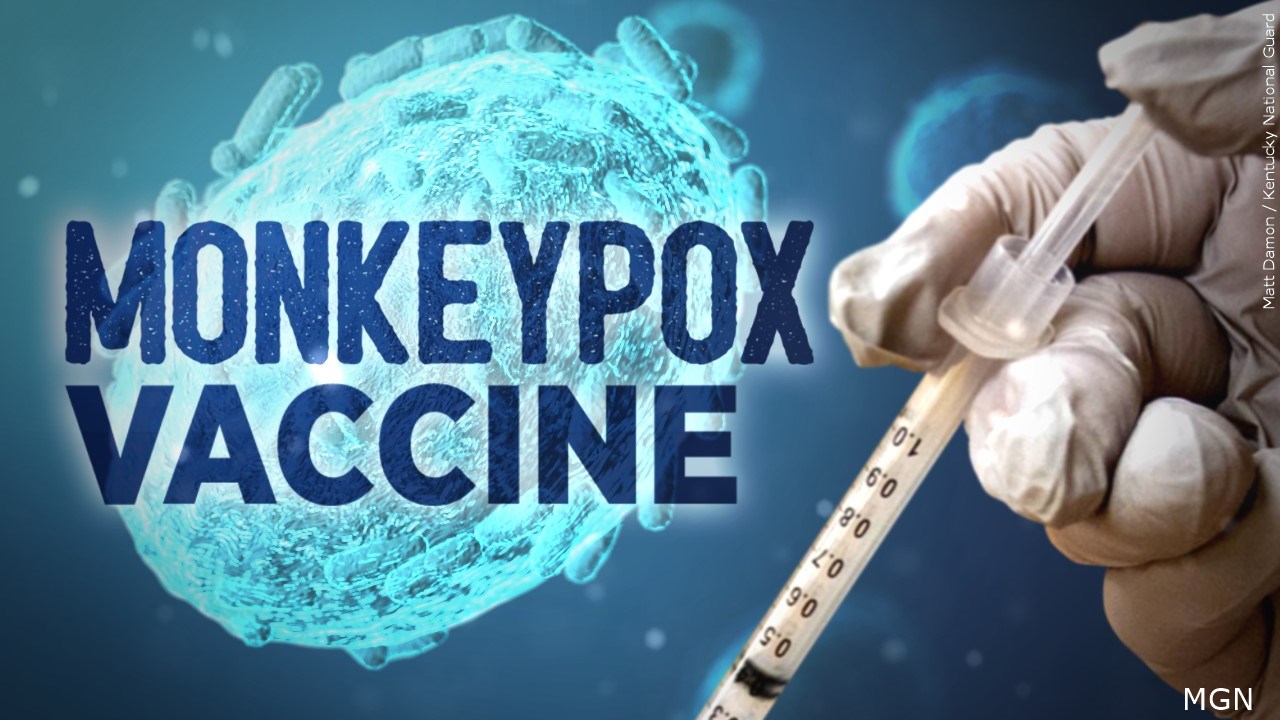[ad_1]
That Earth Day, which is today, occurs during National Minority Health Month, is ironic, or rather, oxymoronic, given the extent to which the health of minorities in this country is disproportionately impacted by air pollution. People of color, including Black, Hispanic and Asian Americans, are exposed to more pollution from construction, industry emissions, vehicles and most (for African Americans, ALL) other sources than white Americans.
Communities of color are most adversely affected by fine particulate matter, or soot, which penetrates deep into the lungs and bloodstream, causing severe health issues from respiratory and cardiovascular disorders to cancer, kidney damage, premature death and more. One outcome is significantly higher rates of asthma among this population, with Hispanic children 40 percent more likely than non-Hispanic white children to die from the disease. Another harrowing statistic: Black people are 300 percent more likely to die from particulate matter pollution than their white counterparts.
Because air pollution affects women in general more than men, environmental injustice has particularly grave health implications for women of color. For example, soot exposure has been linked to the increased risk of Alzheimer’s disease among older Black women and to worse overall pregnancy outcomes for Black mothers, including significantly higher rates of miscarriages, preterm and low-weight births, neurocognitive impacts and stillbirths.
The impact of pollution on women of color exacerbates an already gross inequity in healthcare faced by women of color in this country, who already experience more barriers to quality care and worse health outcomes than white women. In the realm of gynecological and uterine health, studies have found that systemic racial bias puts women of color at greater risk of missed diagnoses, delayed treatment and loss of life. The statistics tell the story.
Maternal mortality rates are higher for Black women and American Indian/Alaska Native women, who are 3.3 and 2.5 times more likely to die from pregnancy-related causes than white women. Black women diagnosed with uterine cancer are nearly twice as likely to die from the disease, and just 63 percent of Black women survived five years after their diagnosis, compared to 84 percent of white women.
For people of color at large, racial bias in medical technology continues to result in underdiagnosis and inadequate levels of care and concern from healthcare providers. That the health of people of color is disproportionately at risk simply because they are people of color is incontrovertible, and that is why the Centers for Disease Control and Prevention (CDC) has declared racism a public health emergency.
The Environmental Protection Agency (EPA) could be part of the solution. Having funded some of the outside research that shows people of color are disproportionately exposed to soot and other toxic air pollutants, they are well aware of the injustice, public health consequences and the extent to which current regulations on air pollutants, particularly soot, are insufficient.
Yet, in January, when the EPA proposed new particulate matter regulations that would revise and toughen the current standard, compelling polluting industries, in some parts of the country, to reduce their particulate matter emissions to meet the requirements, it proposed a lower standard than the one their own independent science advisors said was needed to protect those most at risk of the pollution. In fact, the EPA recommended a level that could actually increase air pollution inequality, rather than decrease it.
Adding insult to injury, the proposal came amidst the Biden administration expressing its commitment to tackling air pollution inequality, making it one of its top goals alongside a renewed commitment to racial justice.
If EPA moves forward with this proposed rule despite knowing the benefits of more stringent requirements, the agency would be missing the opportunity to rectify longstanding inadequate and discriminatory policies. Because the agency will not be issuing a final rulemaking until later this year, there is still an opportunity to demand that they follow the science and finalize the strongest, most health-protective standards possible.
Since it has been more than 50 years since the Clean Air Act became law, it is well past time for this country to truly commit to clean air for all who live here.
Martha Nolan is a senior policy advisor at HealthyWomen. HealthyWomen works to educate women ages 35 to 64 to make informed health choices.
Copyright 2023 Nexstar Media Inc. All rights reserved. This material may not be published, broadcast, rewritten, or redistributed.
[ad_2]
Source link



